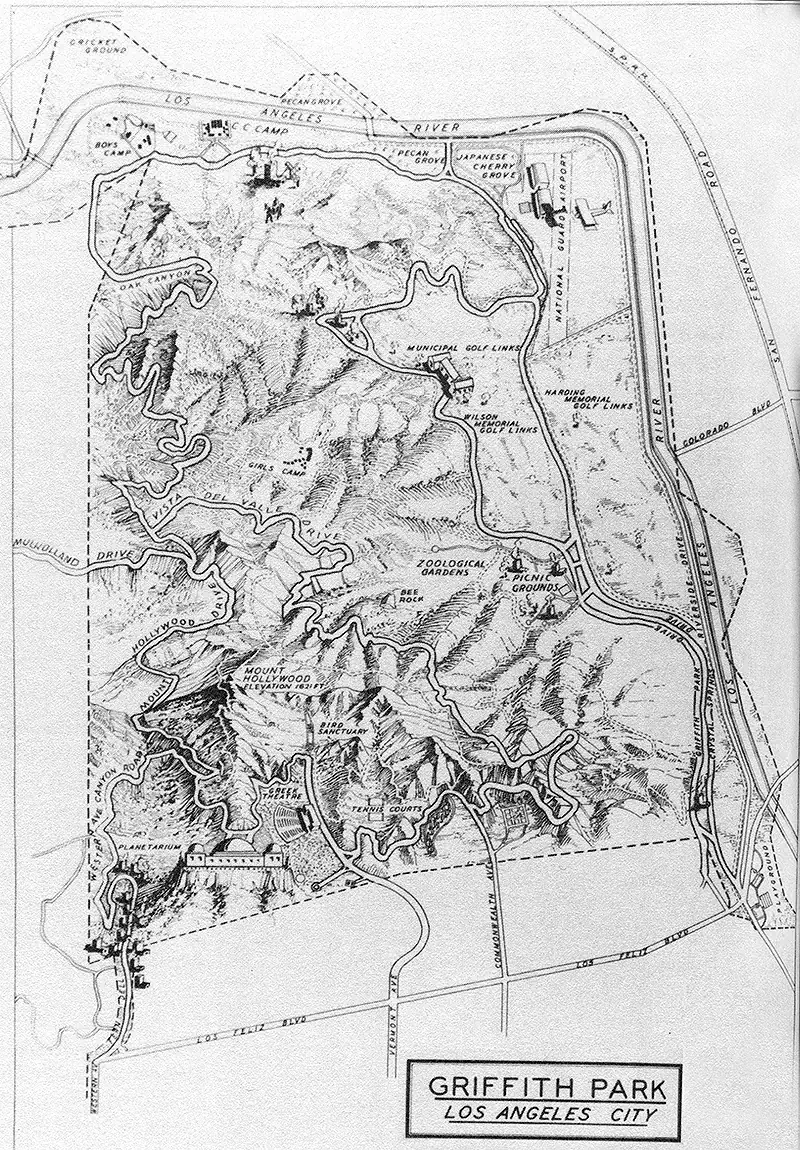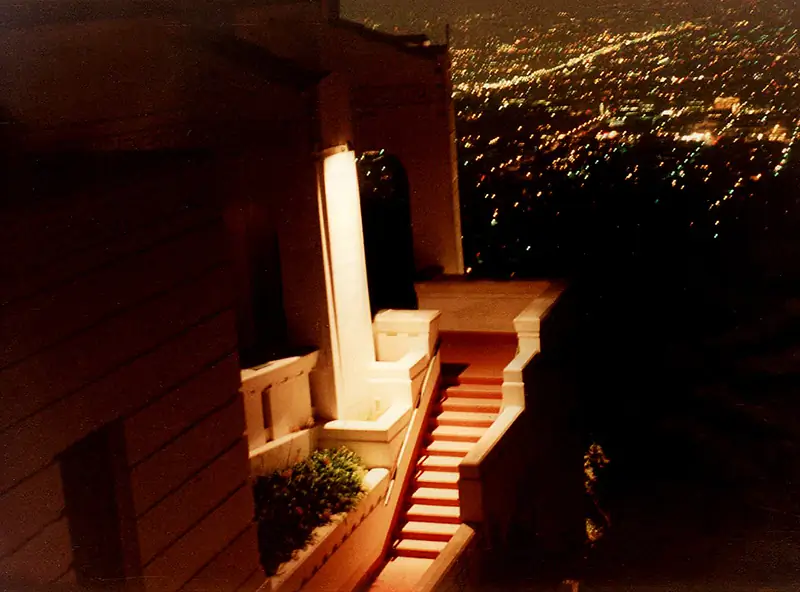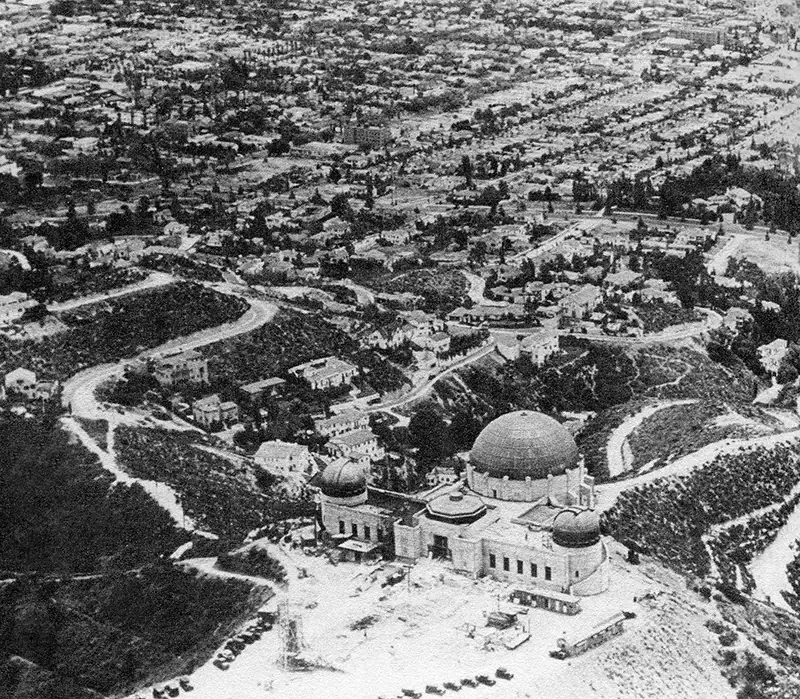Los Angeles Myths:
The Cursed Ranch;
Griffith Park
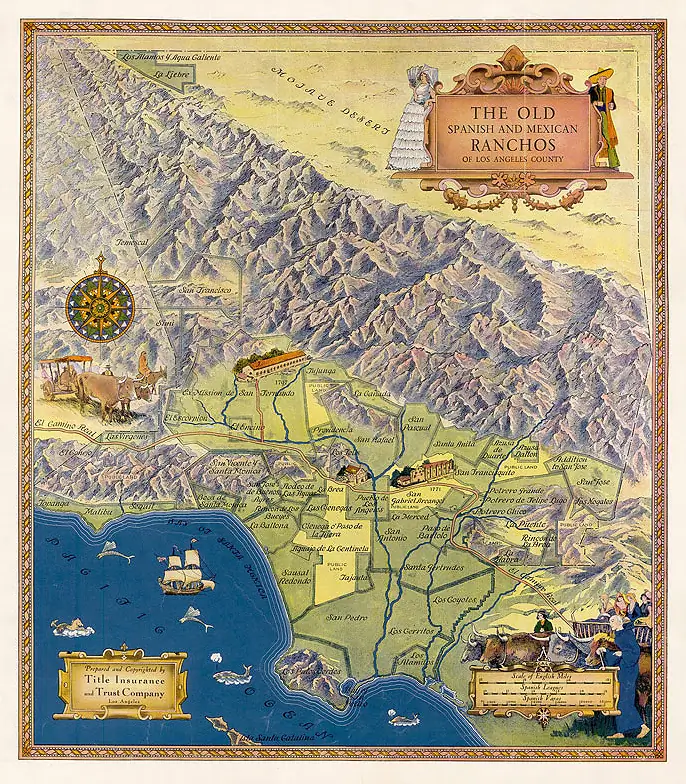
RANCHO LOS FELIZ
Some years back, over a period of more than a year, I consumed many of my evenings positioning whether Los Angeles would have developed in a different geographic fashion had the hilly section of Rancho Los Feliz not been donated to the city for parkland. During these times, much thought was given to the effect of the Los Feliz Curse. Ultimately, I wrote The Legend of the Lizard People which mixed together three of Los Angeles’ most famous myths one of which was the cursed ranch.
Beginning in 1784 the Spanish government began making land grants. These grants of land became known as various Ranchos. The names of these ranches exist today in street names and names of cities.
March 22, 1843, a grant was made by the then Mexican governor to Maria Ygnacio Verdugo of a tract of land known as the 'Los Feliz Rancho.’ Rancho Los Feliz became one of the numerous ranchos of the era. Once California became a state the grant was confirmed by the United States.
Being one of the later land grants, Rancho Los Feliz was one of the smaller land grants. Much of it was through a hilly section. However, the Los Angeles River ran through the Rancho and it was within reasonable distance of the Pueblo (the area around Olvera Street).
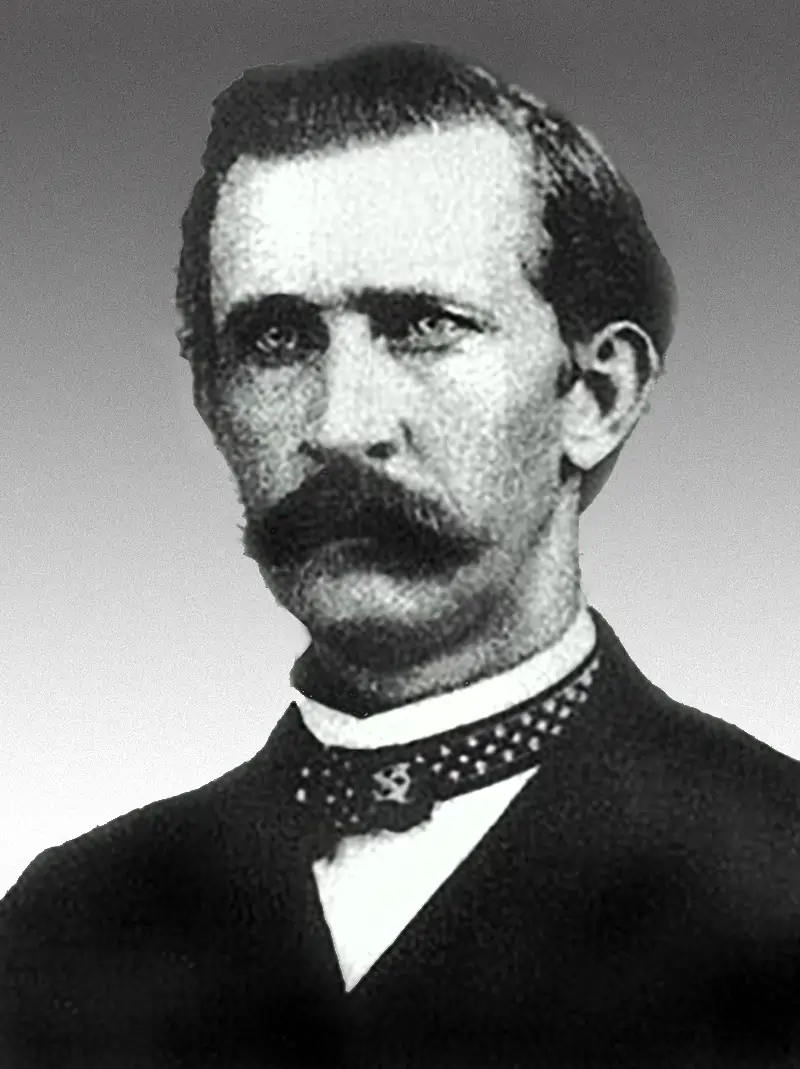
Major Horace Bell (1830-1918) was an early member of the Los Angels bar. Georgia was his wife, and she was the namesake of Georgia Street where the Georgia Street Hospital existed through the Dragnet era. Later in life, between 1882-1888 Bell ran a newspaper called the Porcupine.
THE LOS FELIZ CURSE
Most historians attribute the Los Feliz Curse to Bell. Some people Griffith W. Griffith told him the tale. Because the tale has elements of the displaced pre-Californian families, and ranches lost due to loan sharks questions exist whether the tale was made up all at once, or by only one person.
Horace Bell describes the event as follows:
Los Feliz was one of the great Ranchos of Los Angeles County. It was described as the most fertile, the parks of oaks the grandest, and the springs of water the coolest and most limpid. The vineyards were the most productive, the meadows the greenest, and the cattle the fattest. Bell described the Rancho as the liveliest and most romantic property in Southern California.
Adding an element of loan sharking which seems to lack a place in the specifics of the situation, or a point, Bell claims Don Anotonio Feliz became indebted to, “Jew Solomon” for sixteen dollars. This is the same Don Antonio Feliz who had “Money in good hard silver and gold coins,” and owned the most prosperous ranch in Southern California.
One day in 1863 Don Antonio Feliz (possibly Anastacio and not Antonio who lived into the 1870s) caught small pox. By 1 PM it was reported he was speechless. At 3 PM his best friend, lawyer Don Antonio Coronel (the first mayor of Los Angeles once it was part of California), came to the rancho, and proceeded to write. Witness Don Inocente (finally somebody other than an Antonio of which I am when I wish to Latinize my middle name), later testified in court Don Antonio Feliz was speechless hours before this will was written so it could not have been dictated by the master of the ranch. Claims were made that when the will was written Don Antonio Feliz nodded his head in assent to the terms of his last testament. Others claimed Feliz’s head was propped up on his bed with a stick in back that was moved in order to move his head. Bell claimed the stick truck was typical because others did not want to touch a man inflicted with small pox.
The nodded to will began with a bequeath of twelve gentle mares with the pinto stallion, and a colt of each mare to Los Feliz’s godson Juan Sanchez. The household furniture was divided equally between Los Feliz’s sister and sister-in-law. The true riches of the verdant ranch (evidently not encumbered by the big $16.00 Jew loan) were bequeathed to Don Antonio Coronel. Coronel had the option of selling everything for a price he sought fit when he sought fit. Again the Jew loan seems inconsequential, but Bell claimed it was the start of the great downfall. This element to the story is merely anti-semitic flavor.
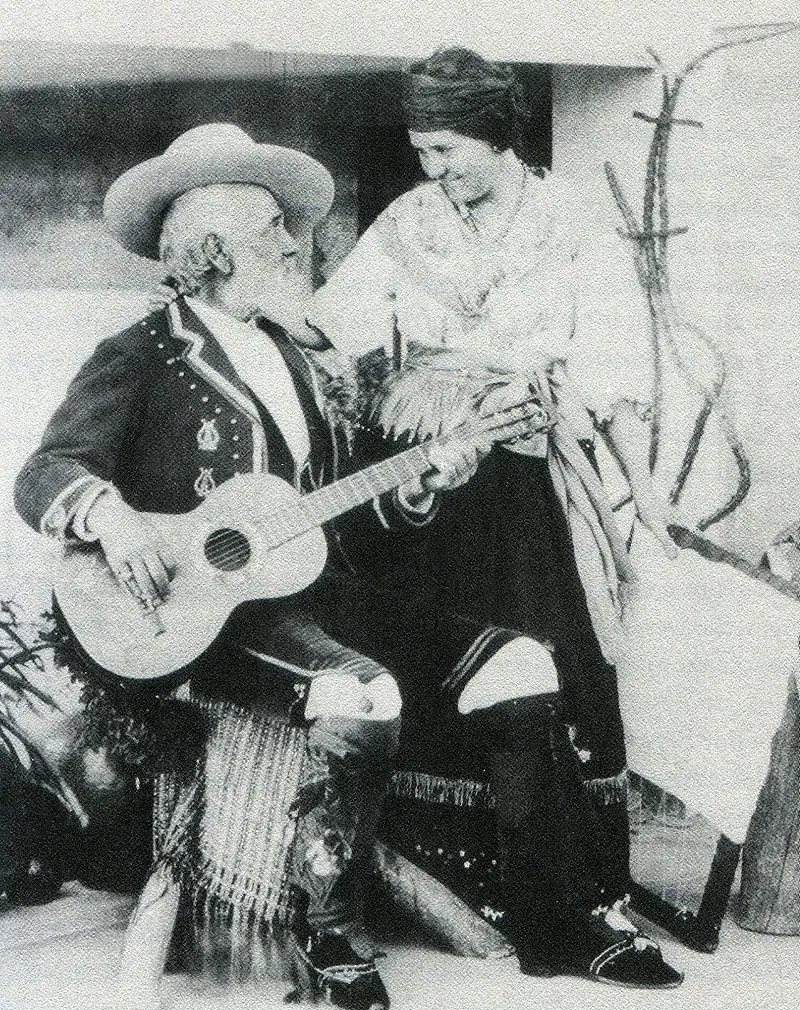
Isaias Hellman was not yet operating the first bank in Los Angeles with a required non-Jew until 1868, and he was not yet lending money. However, there are claims Solomon Lazard opened a deposit window out of his store in 1859. He is the founder of the international private bank, Lazard Frères and Company. Incidentally, Lazard married Joseph Newmark’s daughter. Joseph Newmark is the founder of Los Angeles’ first temple, Congregation B'nai B'rith, now known as the Wilshire Boulevard Temple.
According to Bell, Don Antonio Los Feliz was a bachelor who lived with his sister and Pentranilla, a niece who he raised like a daughter. I have never seen a picture of Dona Pentranilla, and wonder if she existed.
Pentranilla came back from the Pueblo once the small pox contagion was over. This seventeen year-old, fairy like creature was tall, slim, graceful, beautiful, and educated but possessing a fiery spirit. She told the new master, Coronel:
The one shall die an untimely death, the other in blood and violence. A blight shall fall upon the face of this terrestrial paradise. The cattle shall no longer fatten but sicken on its own pastures, the fields shall not longer respond to the tiller. The grand oaks shall wither and die [persons other than Bell inserted in the tongues of flames]. The wrath of heaven and the vengeance of hell shall fall upon this place and the floods!
At this point a myriad of demons could be seen floating in the air like vultures, in the general vicinity of the Tujungas where the sun could be seen sinking beyond the Tujungas. Pentranilla described the utter horror of these demons riding storm clouds, lashing the clouds as the vaqueros lash cattle. There was darkness, rolling thunder, flashes of lightning, and rain falling in torrents. Boulders grinded and crashed. The royal oak was destroyed, oaks withered in tongues of flame. The meadows were gone. She proclaimed no man would ever enjoy a profit from the rancho. Misfortune, rime and death will follow. This curse sucked all of the life out of frail Pentranilla and she died on a tiled floor of cloister-like veranda. Pentranilla rose briefly to speak to a priest who she told the devil was tempting her.
For unexplained reasons Don Antonio Coronel allegedly transferred the land to his lawyer (this appears untrue). In 1868 Coronel sold the portion of the ranch he did not own before Don Antonio Feliz allegedly died, for $10,000 to Charles V. Howard. Horace Bell reported that for $8,000 the water rights in the springs passed to the Los Angeles Water Company. Again, what is the significance of the $16 loan?
Leon aka Lucky Baldwin a gigantic California figure (beyond the scope of this article) who came on a wagon train as a young barefoot man who was robbed by Brigham Young before settling in San Francisco, purchased the ranch. Much was spent on improvements including a new home for Baldwin’s brother, General John M. Baldwin. The ranch was overrun by grasshoppers which caused all the cattle to die. Lucky Baldwin was forced to mortgage the ranch. This is the same man whose fortune was worth approximately $1,000,000,000 when he died twenty five years later.
In 1879 there was a brush fire. Thomas Bell purchased the ranch after John M. Baldwin left. John M. Baldwin was later murdered by alleged Mexican bandits.
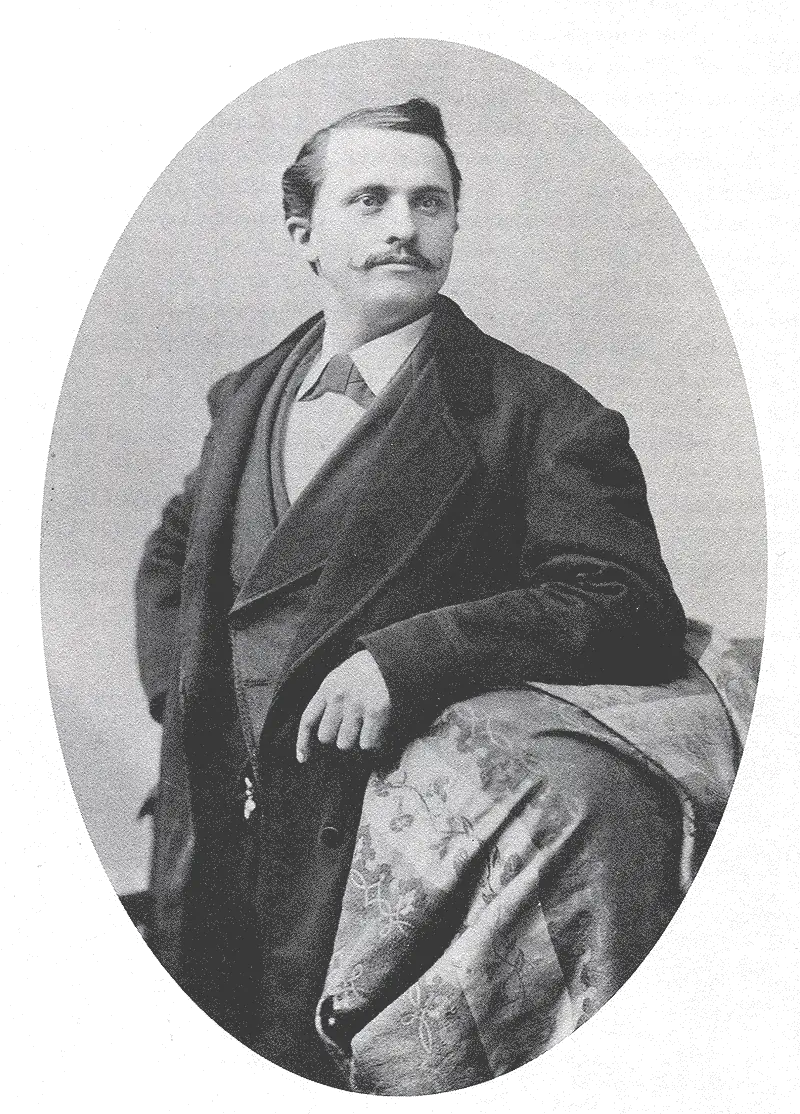
December 8, 1882 Colonel Griffith J. Griffith bought the land which by this time was merely the hilly section of Griffith Park, but still 4,071 acres. Horace Bell claimed Griffith was a Welsh prince. Griffith was born on a farm which kept him slightly better of than destitute.
In 1884 there was an unprecedented electric storm due to thunder. The best part of the ranch was swept away to the sea (presumably all in the narrow streams that travel through Griffith Park and enter the ocean almost forty miles away in Long Beach). This night was referred to as the great Crescenta. The ghost of Don Antonio Feliz was seen along with demons who were plainly riding the waves and directing torrents onto the land. Baron Griffith escaped to town at midnight.
Griffith was able to rent a small corner of the ranch that had not been destroyed. This is roughly where the merry-go-round is. The tenant operated an ostrich ranch. Visitors came into the area to spectate the ostriches. The author is unaware the tenant had any connection to Rhemus Helms, THE MOST IMPORTANT MAN OF SUN VALLEY who operates a cosplay ostrich ranch not far from the Tujungas.
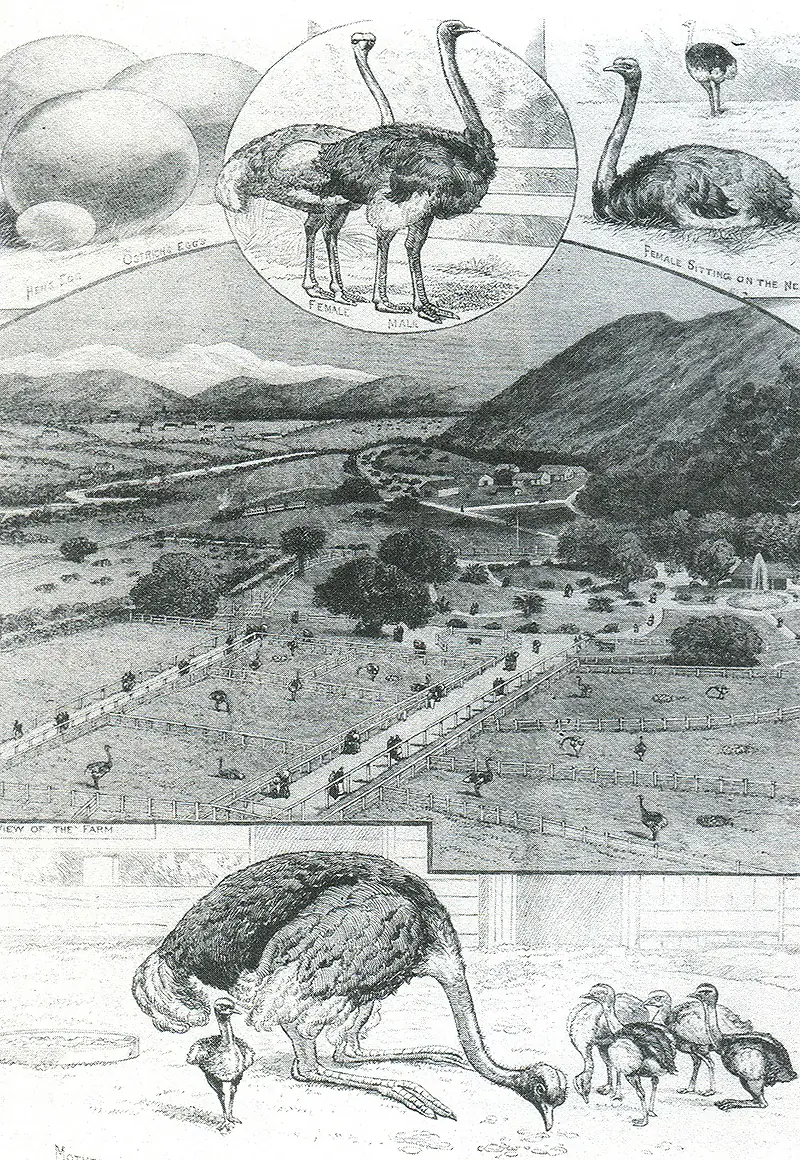
Horrid things continued on the ranch including men who arrived young, but left old with gray hair. There were frequent hauntings. At a festivity to entice city officials to take the ranch as a gift the ghost of Antonio Feliz seated himself in Griffith’s chair. He then invited the guests to dine with him in hell. Why Don Antonio Feliz he went to hell is not explained.
In 1903, the curse was blamed when a temporarily insane Griffith, convinced his wife was conspiring against him, shot her in the face at the Arcadia Hotel in Santa Monica (she lived). Griffith was convicted and served a three year term in San Quentin. He never reconciled with his wife.
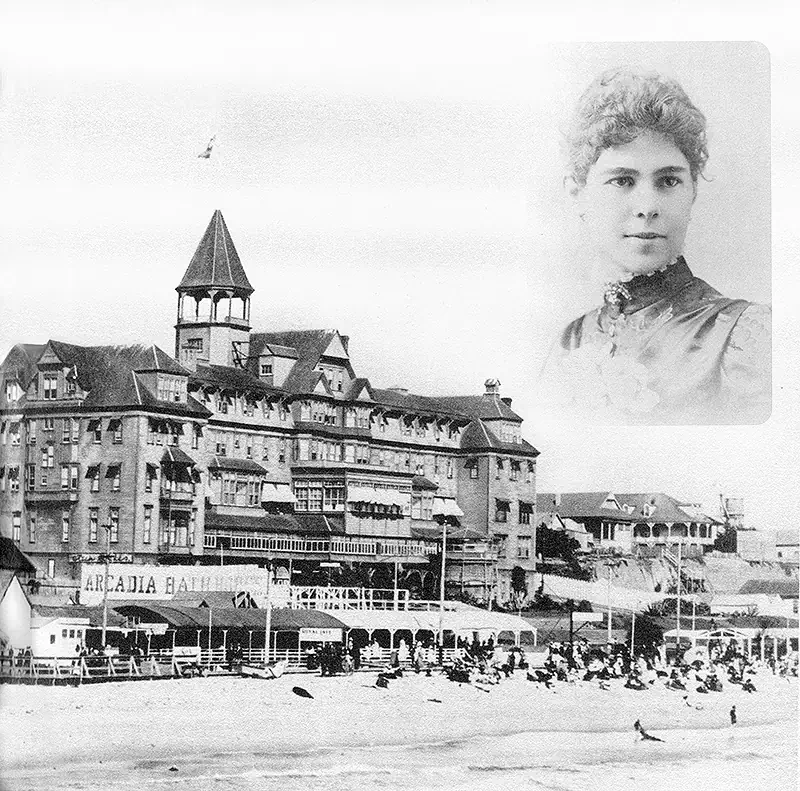
GRIFFITH PARK
For significantly more than ten years Griffith tried to unload the ranch on the city. Many speculated he could not sell the ranch, and sought out the bequeath as a tax right-off. However, during at least part of this time he was selling off parts of the ranch for sizable profits. Others believed he wanted to unload the ranch due to the curse. After he was released from prison many believed he was intent on gifting the land for Los Angeles’ park in order to bring back his name which had been thoroughly ruined. Many believe this is one of the reasons why the City was reluctant to take the gift.
Not until February 18, 1910 did Griffith Park become property of Los Angeles. Some believe Los Angeles’ only interest in the acquisition were the Los Angeles River water rights that passed through the park.
Van Griffith, Griffith J. Griffith’s son was instrumental in building the park, and providing adequate funding.
In 1913 Griffith J. Griffith volunteered to provide funding for an observatory. Some claim the city was slow to act because of Griffith J. Griffith’s ill-repute.
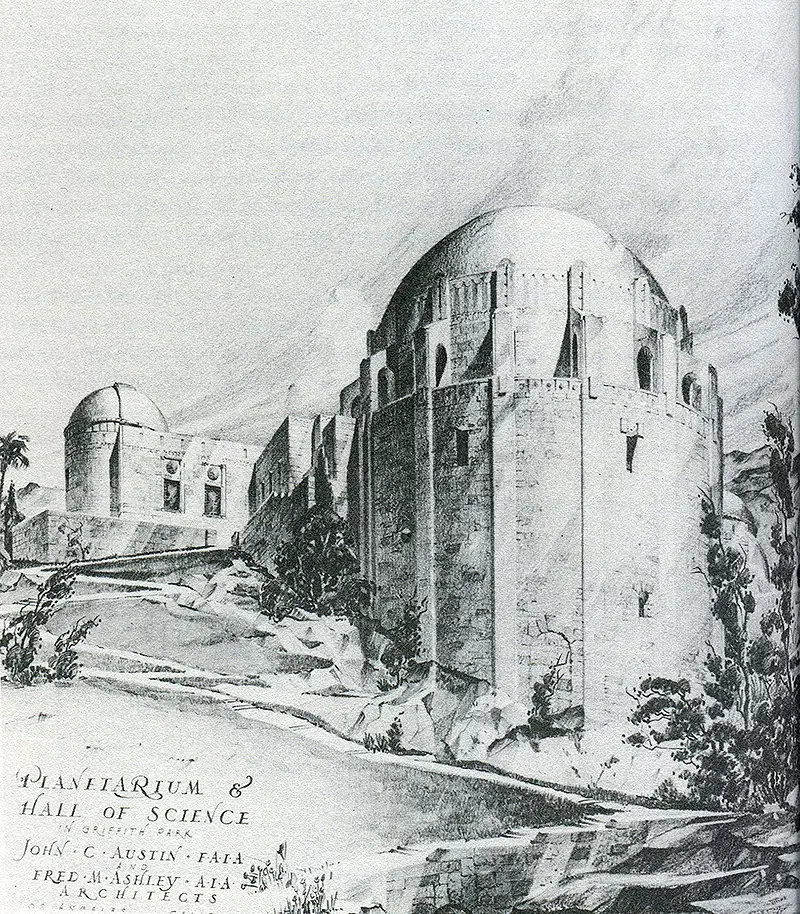
In 1929 there was a disastrous fire in Griffith Park and then flooding. In 1933 twenty nine men died in the Griffith Park fire. The myth of the cursed ranch lived on. The park flooded in 1934 and 1938. After the 1938 flood the Los Angeles River was covered in concrete.
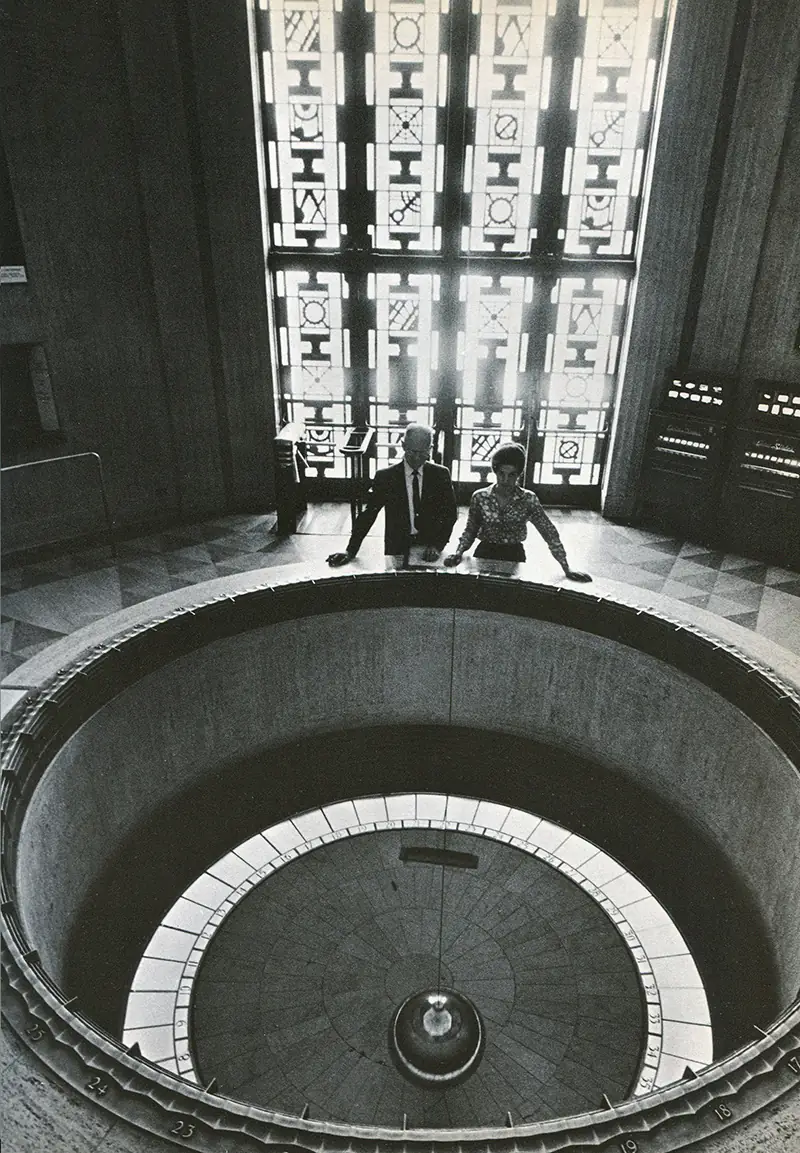
By 1977 the Hillside Stranger worked the area instilling fear in anybody hiking in the park. In 1979 I suffered my first significant bee sting while drinking a lemon lime soda by the observatory.
October 10, 1985, the foucault pendulum at the Griffith Park Observatory stopped due to a vandal. This is the same day Orsen Wells died.
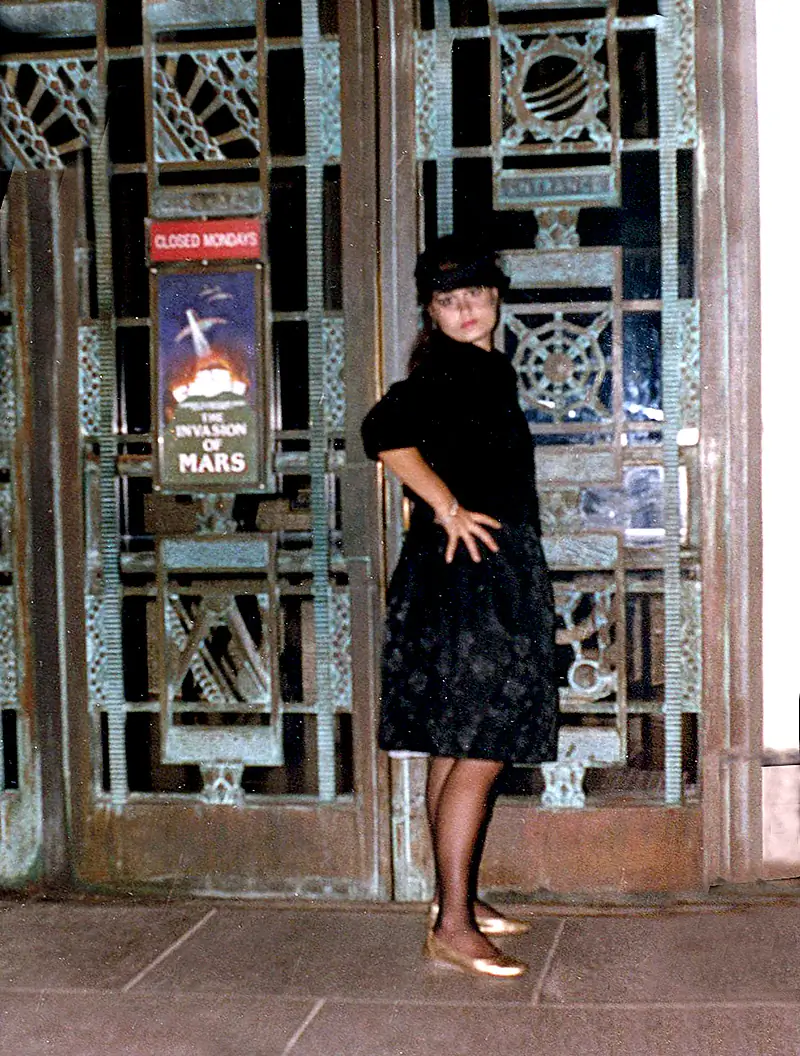
In 2006 I finished Legend of the Lizard People, set in 1939. Pentranilla was a very old woman who held a magical Mayan lizard she gave to Los Angeles barrister Clover Shiner when the court forced him to represent her on a land claim (you can guess which one). The deed showing her lawful inheritance was buried below an oak tree in the Cahuenga Pass (myth #2 cursed treasure on the Cahuenga Pass). The lizard unlocked the grand room of treasure at the end of the Mayan catacombs underneath downtown Los Angeles (myth three), and the deed passed through the air before locking itself in this room’s treasure chest for the rest of history.
